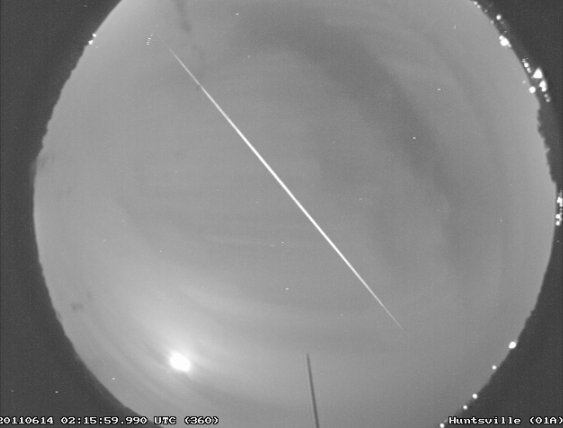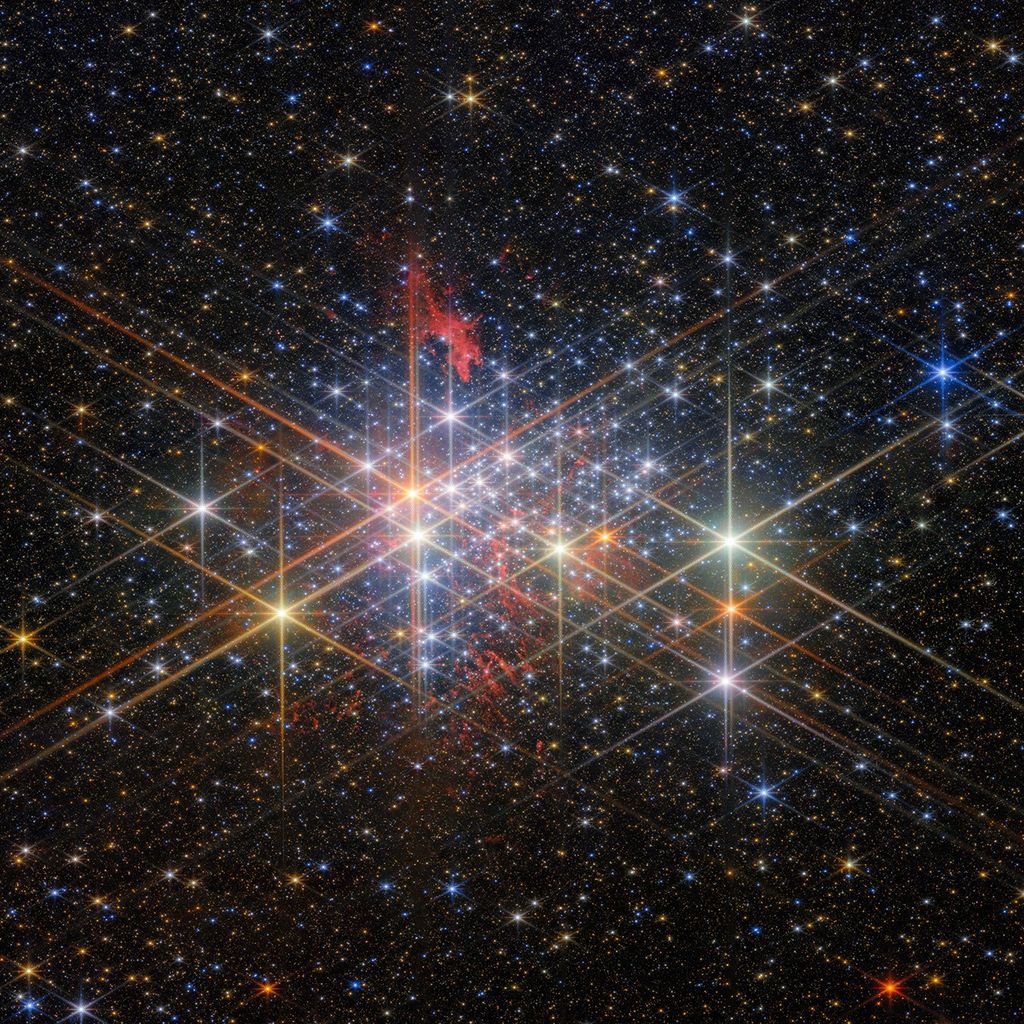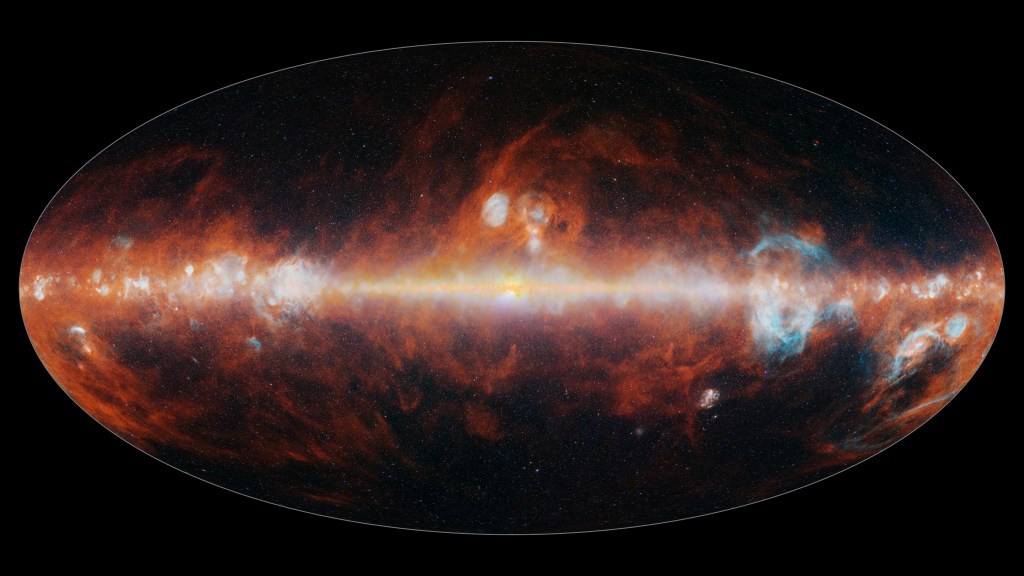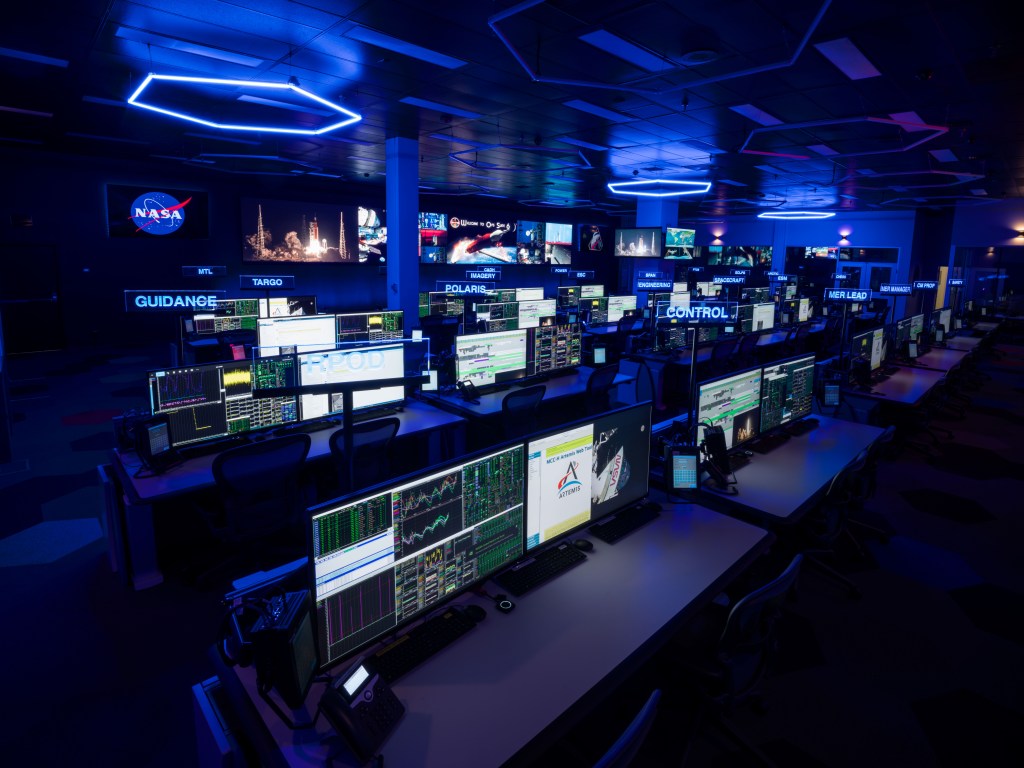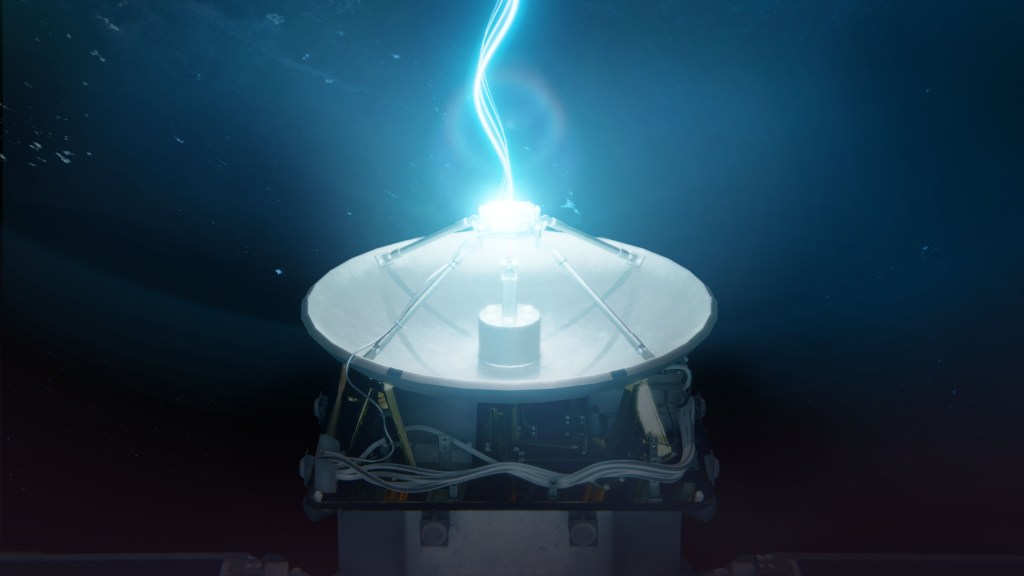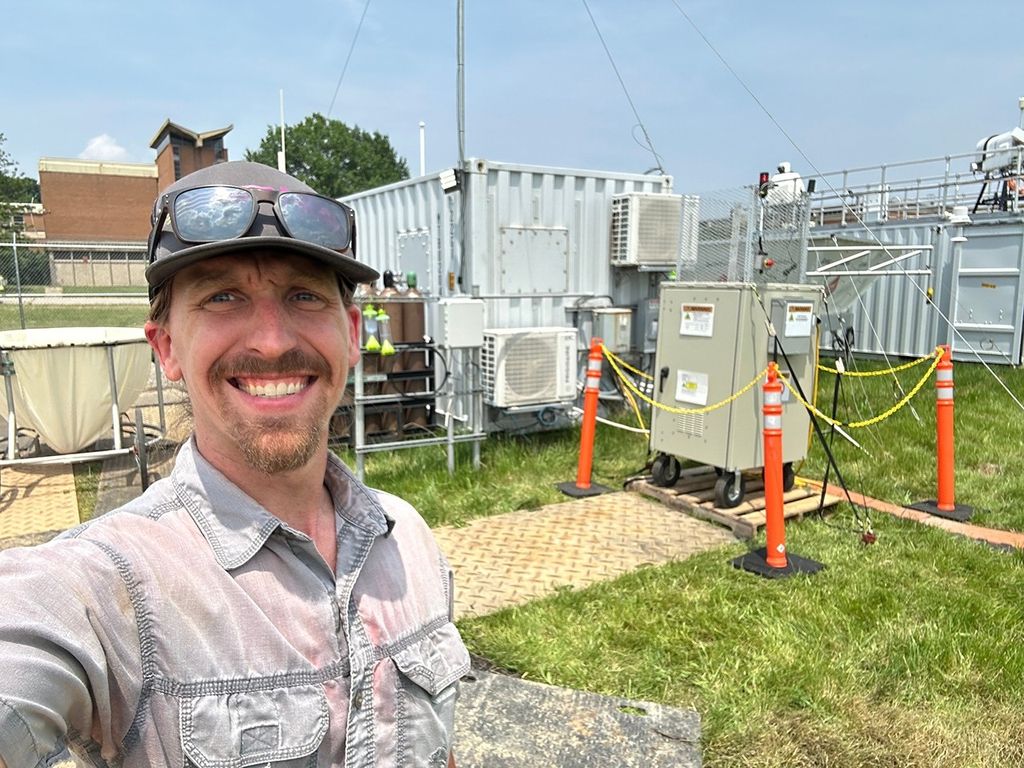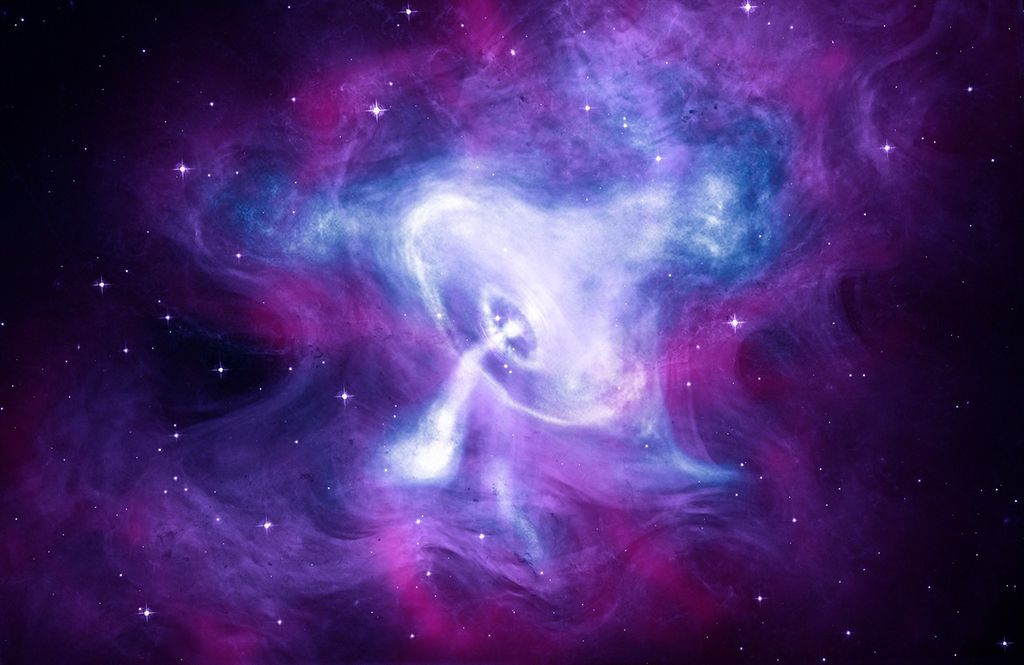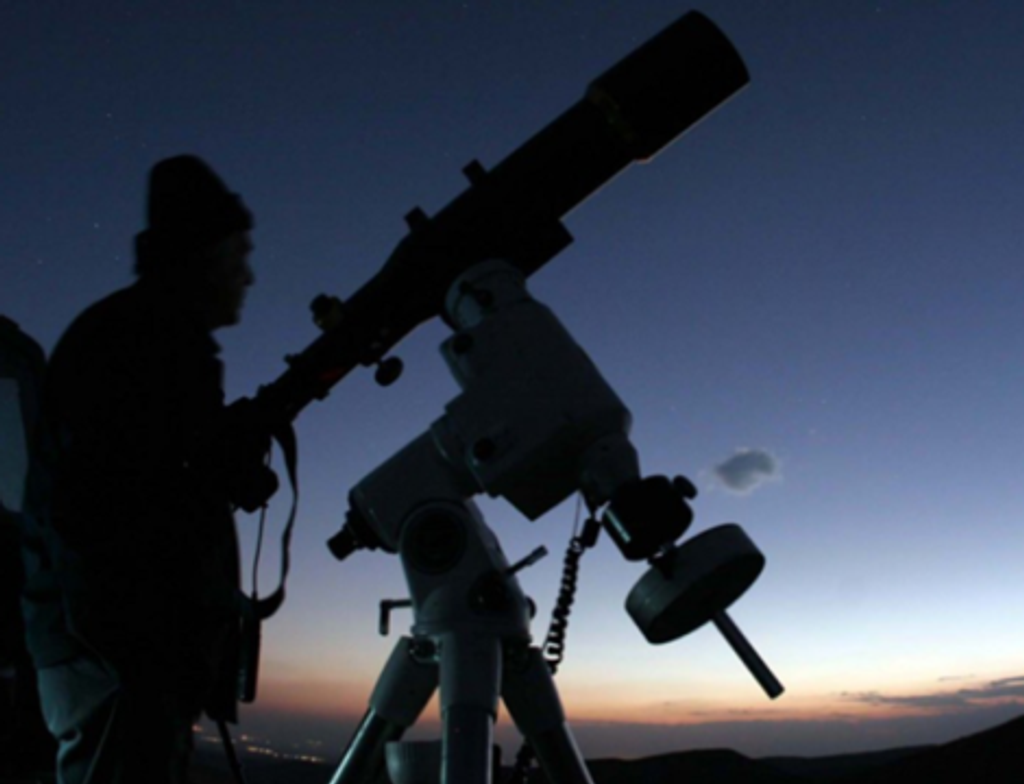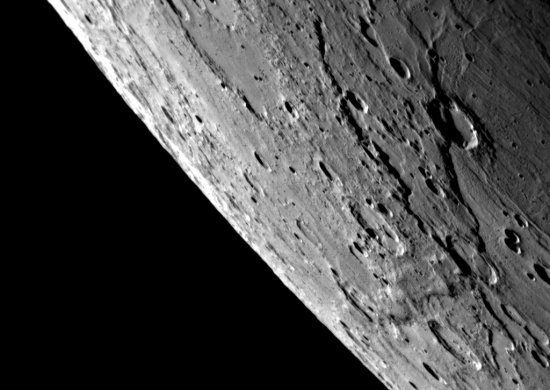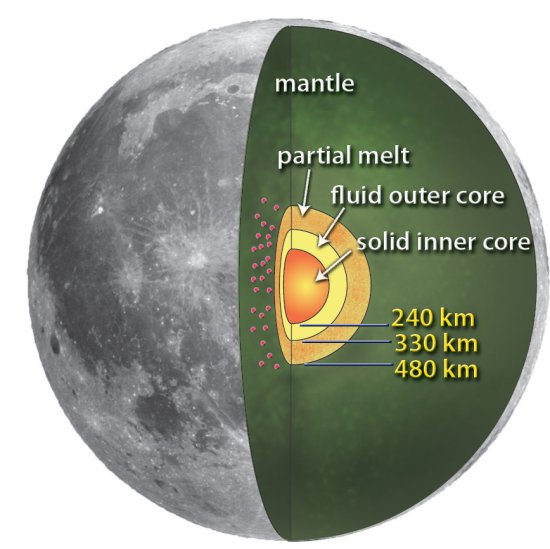Not even clouds could obscure the International Space Station as it passed directly over Huntsville, Ala. on the evening of June 13 at 9:15 p.m. CDT. Shining as bright as the planet Venus, the space station took nearly four minutes to traverse the sky before disappearing in the murk to the Northeast. Its passage was …
International Space Station Shines Brightly in Night Skies
